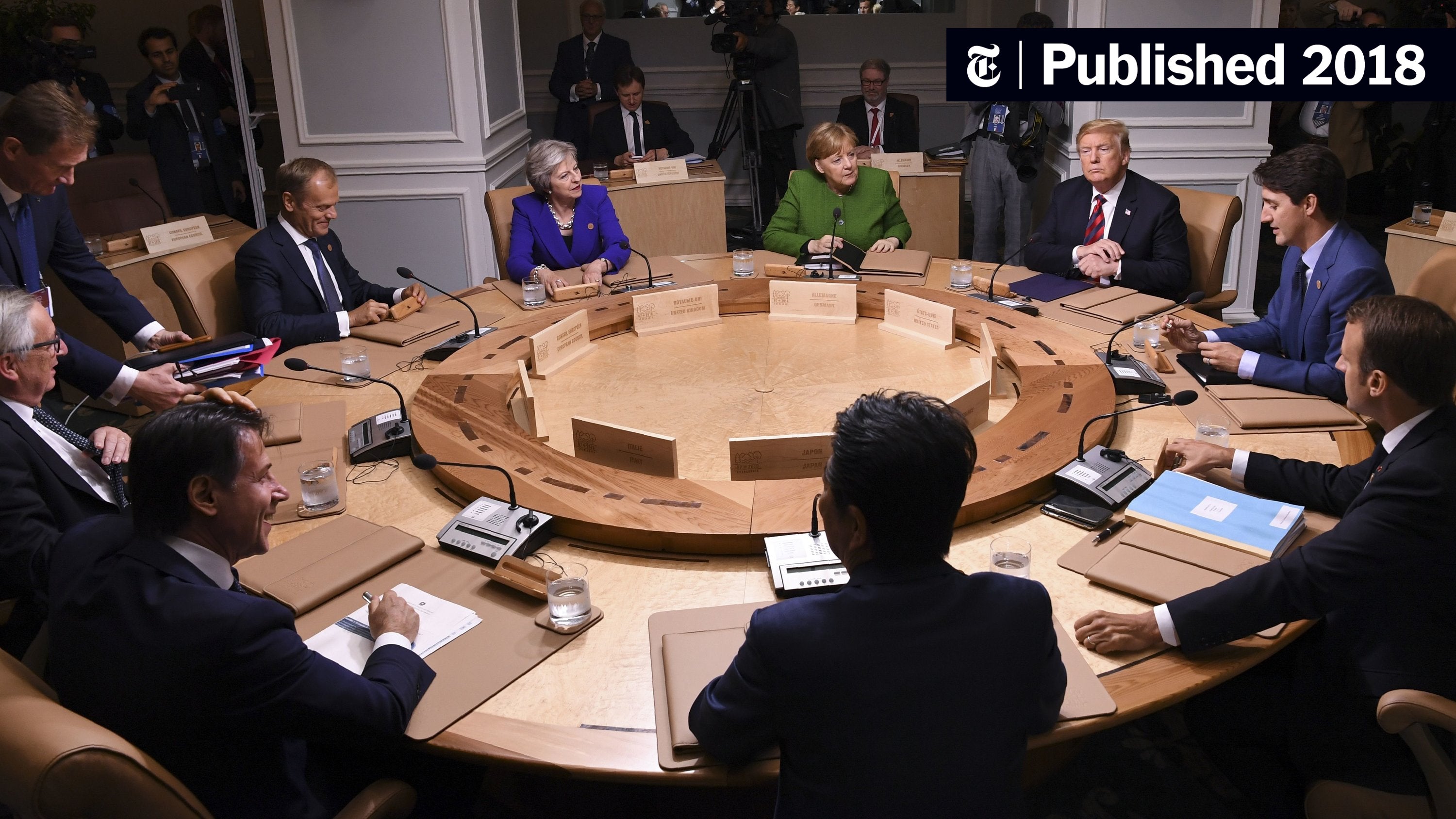Why Did Trump Attack European Trade Policies? An Analysis

Table of Contents
Economic Grievances: The Trade Deficit and Manufacturing Jobs
A core argument underpinning Trump's attacks on European trade policies centered on the persistent US trade deficit with Europe and the perceived loss of American manufacturing jobs due to foreign competition. This narrative resonated strongly with his base and fueled his protectionist policies.
-
Analysis of the US-EU trade imbalance and its historical context: The US has consistently run a trade deficit with the EU for many years. While this deficit is a complex issue influenced by numerous factors including exchange rates, consumer preferences, and investment flows, Trump focused primarily on the negative balance of trade, framing it as evidence of unfair trade practices by Europe. He overlooked the benefits of foreign investment and specialized production in the EU.
-
Examination of the impact of globalization and automation on American manufacturing: The decline of American manufacturing jobs is a long-term trend influenced by several factors besides trade. Automation and technological advancements have significantly reduced the demand for manual labor in many sectors, while globalization has shifted production to countries with lower labor costs. Trump, however, largely attributed job losses solely to unfair trade practices and foreign competition.
-
Discussion of specific industries targeted by Trump's trade policies (e.g., steel, aluminum): Trump imposed significant tariffs on steel and aluminum imports, including those from European countries. This action was justified as a necessary measure to protect American producers and address national security concerns. However, these tariffs sparked retaliatory measures from the EU, further escalating trade tensions.
-
Evaluation of the effectiveness of tariffs in addressing the trade deficit and job losses: The effectiveness of Trump's tariffs in addressing the trade deficit and job losses remains a subject of debate. While some argue that they provided temporary protection to certain domestic industries, others point to the negative consequences for consumers through higher prices and the damage to international trade relationships.
Political Motivations: "America First" and National Sovereignty
Trump's "America First" policy served as a powerful lens through which he viewed trade relationships. Trade disputes became a tool to assert American national sovereignty and challenge the established global trading order, appealing significantly to nationalist sentiment.
-
Analysis of Trump's rhetoric on trade and its appeal to his electoral base: Trump's populist rhetoric framed trade deals as exploitative agreements that disadvantaged American workers and businesses. This resonated with a significant segment of the electorate who felt left behind by globalization.
-
Examination of the shift towards bilateralism and away from multilateral trade agreements: Trump's administration expressed skepticism towards multilateral trade agreements such as the World Trade Organization (WTO), advocating instead for bilateral agreements that prioritized American interests. This approach was seen as a rejection of the established global trading system.
-
Discussion of the impact on US relations with European allies: Trump's trade policies strained relations with long-standing European allies, leading to retaliatory tariffs and increased distrust. This damaged the transatlantic relationship, creating uncertainty and instability in the global economic landscape.
-
Assessment of the long-term consequences for global governance and international cooperation: The rejection of multilateralism and the embrace of bilateral, often confrontational trade policies, had significant implications for global governance. The erosion of trust and the rise of protectionism raised questions about the future of international cooperation on trade and other global issues.
Ideological Underpinnings: Protectionism and Economic Nationalism
Underlying Trump's trade policies was a distinct shift towards protectionism and economic nationalism, challenging the prevailing neoliberal consensus on free trade. This ideological stance was a crucial component of his approach.
-
Discussion of the historical context of protectionist policies: Protectionist policies have a long history, often justified on the grounds of protecting domestic industries from foreign competition. Trump's policies represented a resurgence of these policies in the context of globalization and increased competition.
-
Comparison and contrast of Trump's approach with traditional free trade policies: Trump's protectionist measures contrasted sharply with the free trade principles advocated by previous administrations. His actions represented a departure from the established consensus on the benefits of open markets and free trade agreements.
-
Analysis of the role of international institutions like the WTO: Trump's administration expressed considerable frustration with the WTO, criticizing its dispute settlement mechanism and accusing it of bias against the US. His administration's actions challenged the authority and effectiveness of the organization.
-
Evaluation of the economic consequences of protectionism for both the US and Europe: The economic consequences of Trump's protectionist policies were varied and complex. While some sectors experienced short-term gains, the overall impact included higher prices for consumers, reduced economic efficiency, and increased uncertainty for businesses.
Conclusion
Trump's attacks on European trade policies stemmed from a complex interplay of economic anxieties, political calculations, and deeply held ideological convictions. While his actions aimed to address perceived imbalances and injustices within the global trading system, they also had significant and lasting consequences for transatlantic relations and the broader international economic order. The lasting impact of his policies continues to shape debates surrounding trade and global economic governance.
To further understand the complexities of Trump's trade policies and their ongoing implications, delve deeper into the resources and analyses available on this topic. Continue your research on European trade policies and the broader impact of protectionist measures on global trade. Understanding the nuances of Trump’s trade war is critical for navigating the future of international economic relations.

Featured Posts
-
 Naomi Kempbell U Vidvertikh Obrazakh Dlya Novogo Glyantsyu
May 26, 2025
Naomi Kempbell U Vidvertikh Obrazakh Dlya Novogo Glyantsyu
May 26, 2025 -
 Flash Flood Emergency What To Know And How To Respond
May 26, 2025
Flash Flood Emergency What To Know And How To Respond
May 26, 2025 -
 Alterya Acquired By Chainalysis Boosting Blockchain Security And Intelligence
May 26, 2025
Alterya Acquired By Chainalysis Boosting Blockchain Security And Intelligence
May 26, 2025 -
 Record Breaking Pride Celebrations Coming To The D C Area
May 26, 2025
Record Breaking Pride Celebrations Coming To The D C Area
May 26, 2025 -
 Atletico Madrid In Espanyol Karsisindaki Sikintili Maci Hakem Skandali
May 26, 2025
Atletico Madrid In Espanyol Karsisindaki Sikintili Maci Hakem Skandali
May 26, 2025
